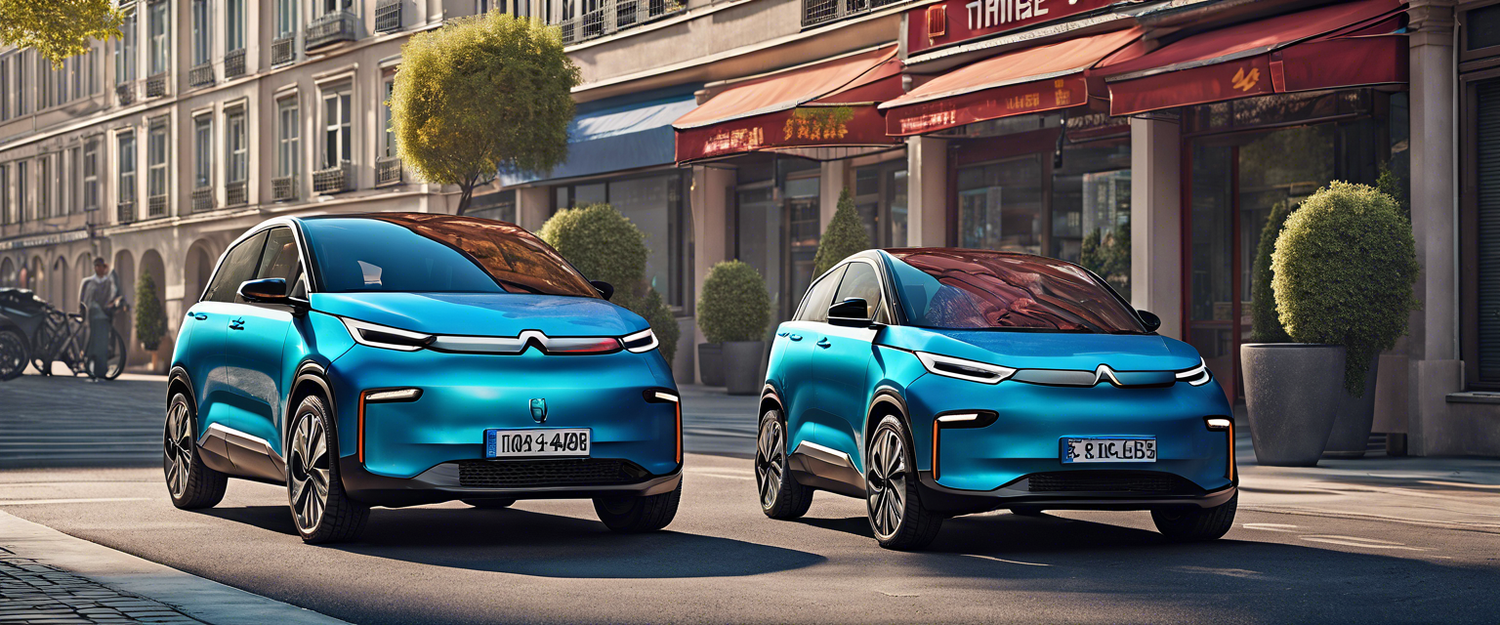Europe's New Tariffs on Chinese Electric Vehicles: An Overview
On October 4, 2024, the European Union (EU) approved new tariffs on electric vehicles (EVs) imported from China, signaling a significant step in the ongoing trade tensions between Western nations and China. While the tariffs are set at 45 percent, this contrasts sharply with the recent 100 percent tariffs imposed by the Biden administration in the United States.
The Rationale Behind the Tariffs
The primary reason for these tariffs stems from concerns over China's government subsidies for its automotive industry, enabling Chinese manufacturers to produce ultra-cheap electric vehicles. The EU aims to level the playing field for European automakers who cannot compete with these heavily subsidized prices.
Implications for the Auto Industry
- Impact on Pricing: The new tariffs are likely to increase the cost of Chinese EVs in Europe, which could lead to higher prices for consumers.
- Challenges for Manufacturers: European automakers might still face significant challenges in scaling their production to meet rising demands amidst these tariffs.
- Trade Relations: This decision is likely to escalate tensions in trade relations, as China may retaliate against the tariffs.
Global Context: A Hard Line Against Subsidies
This vote by the EU indicates a continued hardline stance among Western nations regarding China's trade practices. Other countries, including the US, have taken similar actions, showcasing a collective approach toward addressing issues related to unfair competition and subsidization.
What This Means for Consumers
For consumers in Europe, the introduction of these tariffs may result in fewer choices in the EV market, at least from Chinese manufacturers. While Chinese brands have surged in popularity due to their lower prices, the consequence of these tariffs may lead users to turn towards domestic brands.
Looking Ahead
The automotive landscape is shifting rapidly as governments worldwide evaluate their strategies concerning EVs. As the market continues to evolve, stakeholders including manufacturers, consumers, and policy-makers will need to stay informed of future developments.
Conclusion
As the European Union imposes new tariffs, the dynamics of the electric vehicle market are set to change, bringing new challenges and opportunities for all players involved. Keeping abreast of these shifts will be essential as we navigate the future of transportation in a globalized economy.



Commenta
Nota che i commenti devono essere approvati prima di essere pubblicati.
Questo sito è protetto da hCaptcha e applica le Norme sulla privacy e i Termini di servizio di hCaptcha.